The Amanita Muscaria (Fly Agaric) mushroom, renowned for its vibrant appearance and cultural significance, has been traditionally used as a powerful calming ingredient. Indigenous cultures have long valued its therapeutic effects, attributed to compounds like amatoxins and muscimol, which promote relaxation, reduce anxiety, and influence neurotransmitters. Modern wellness practices are rediscovering Fly Agaric's potential, incorporating it into culinary creations and supplements for its nutritional value and calm-inducing properties. However, caution is advised when using calming ingredients, emphasizing the importance of proper knowledge, expert guidance, and responsible consumption.
Discover the power of nature’s calming ingredients, with a special focus on the fascinating Amanita Muscaria. Unveiling its secrets as an herbal remedy, this comprehensive guide explores its edible properties and historical usage across cultures. From scientific studies to modern wellness routines, learn how Amanita Muscaria can enhance your well-being. Dive into creative ways to enjoy these calming ingredients and explore future trends in calming botanicals, all while uncovering the safety precautions and potential side effects.
Unveiling the Secrets of Calming Ingredients
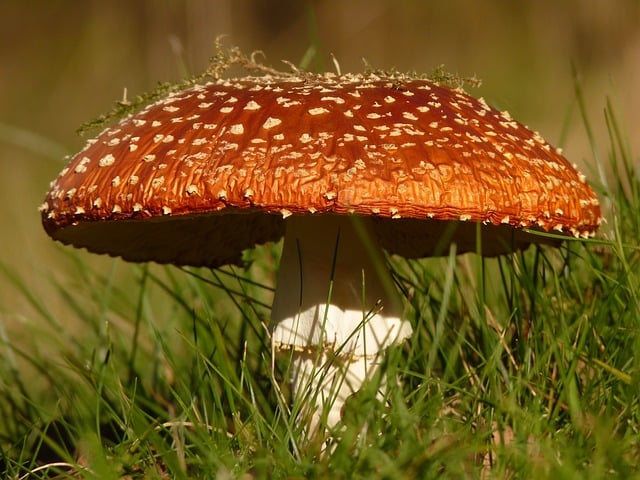
In the quest for tranquility and serenity, calming ingredients have long been revered in various cultures and traditional practices. These natural elements offer more than just a momentary respite; they provide deep-rooted solutions to cultivate inner peace and balance. Unveiling their secrets involves delving into nature’s pharmacy, where compounds like Amanita Muscaria Edible (also known as Fly Agaric) have been used for centuries. This fascinating mushroom holds a special place in many indigenous cultures, renowned for its ability to induce a sense of calm and clarity.
The power of calming ingredients lies not only in their biological effects on the body but also in their capacity to connect us with nature’s wisdom. From ancient herbal remedies to modern-day wellness practices, these ingredients offer a holistic approach to well-being. By exploring their unique properties, we can unlock a realm of benefits, promoting relaxation, improving sleep, and fostering mental clarity.
The Role of Amanita Muscaria in Herbal Medicine
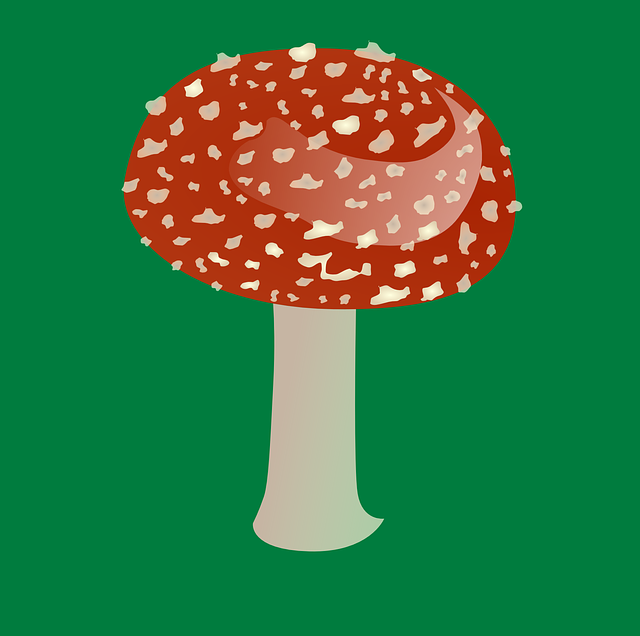
The Amanita muscaria, commonly known as the Fly Agaric, is a fascinating mushroom with both cultural and medicinal significance. While its bright red cap and white spots have made it a recognizable figure in folklore and fairy tales, this fungus also holds a place in herbal medicine. Often considered an edible mushroom, Amanita muscaria has been used for centuries by various indigenous cultures for its therapeutic properties.
In traditional medicine practices, the mushroom is believed to possess calming effects due to the presence of specific compounds. These include amatoxins, which have been studied for their potential in treating anxiety and stress-related disorders. The Fly Agaric’s role as a natural tranquilizer has sparked interest among modern herbalists, leading to further exploration of its medicinal uses.
Edible Properties of Amanita Muscaria: A Comprehensive Overview
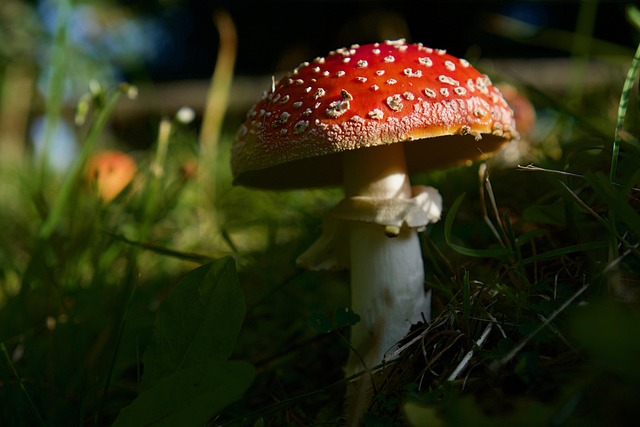
The Amanita muscaria, commonly known as the Fly Agaric, is a well-known mushroom species with striking appearances and intriguing properties. Beyond its visually striking red cap and white spots, it possesses edible qualities that have been recognized for centuries in various cultures. The mushrooms are not only palatable but also rich in nutrients, offering a unique culinary experience. They contain essential amino acids, vitamins (including B vitamins), and minerals such as potassium and phosphorus. These nutritional benefits make Amanita muscaria an attractive addition to gourmet cuisines worldwide.
In terms of edible properties, the mushrooms can be cooked and incorporated into various dishes, imparting a earthy, slightly sweet flavor. They are often used in stir-fries, soups, and even as a flavorful topping for salads. However, it’s crucial to note that proper identification is paramount before consuming any wild mushroom, as several look-alikes exist. When correctly identified, Amanita muscaria provides not only culinary delight but also potential therapeutic benefits due to its bioactive compounds, contributing to its reputation as a fascinating and useful member of the fungal kingdom.
Historical Usage and Cultural Significance
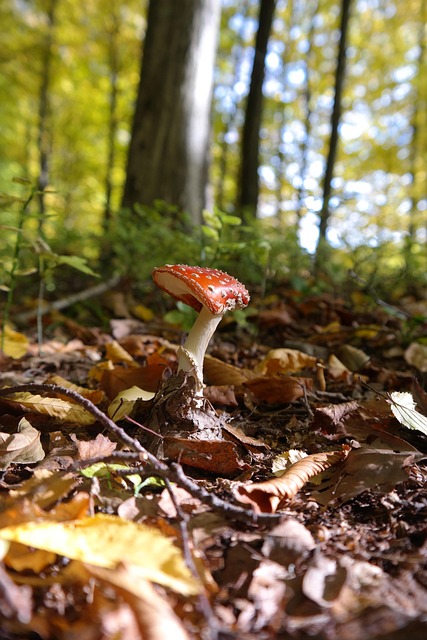
In many traditional cultures across the globe, calming ingredients have been revered for their therapeutic properties for centuries. One such ingredient with a rich historical usage is Amanita Muscaria, commonly known as Fly Agaric. This edible mushroom has been a part of indigenous remedies and rituals, holding cultural significance in various societies.
The use of Amanita Muscaria dates back to ancient times when it was employed for its ability to induce altered states of consciousness. In many Native American tribes, it played a ceremonial role, facilitating spiritual connections and healing sessions. The mushroom’s vibrant color and unique properties have also made it a symbol in folklore and art, representing transformation and tranquility. Its historical usage highlights the wisdom passed down through generations, recognizing the calming and mind-altering effects of this natural substance.
Scientific Studies and Their Findings
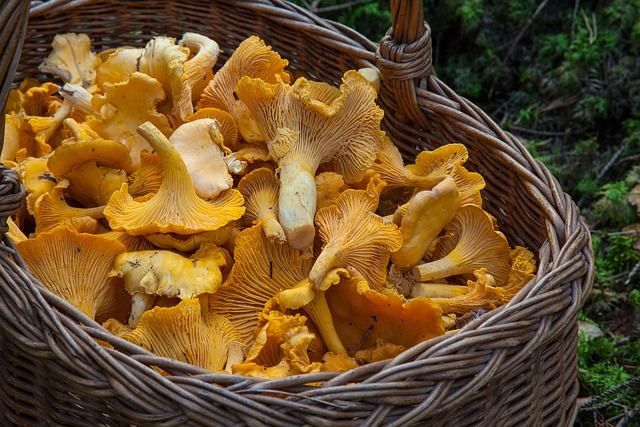
Scientific studies have explored the calming effects of various natural ingredients, including the Amanita muscaria, commonly known as the fly mushroom. Research suggests that certain compounds within this edible fungus can contribute to a sense of relaxation and well-being. One key compound, muscimol, has been the focus of numerous experiments. These studies indicate that muscimol interacts with GABA receptors in the brain, leading to sedative and anxiolytic effects, thus promoting calmness and reducing anxiety.
Additionally, some studies highlight the role of other bioactive compounds present in A. muscaria, such as ergot alkaloids, which may modulate neurotransmitter systems involved in mood regulation. These findings offer a scientific basis for traditional uses where Amanita muscaria has been employed for its calming and soothing properties.
Incorporating Amanita Muscaria into Modern Wellness Routines
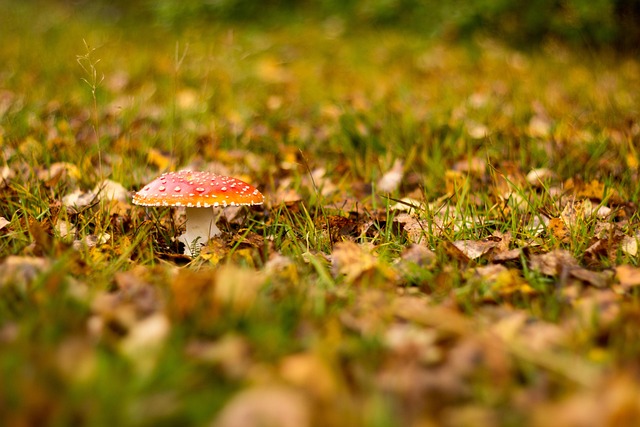
Incorporating Amanita Muscaria, commonly known as Fly Agaric, into modern wellness routines is a fascinating trend gaining traction among those seeking natural remedies. This striking mushroom, with its vibrant red cap and white spots, has been revered for centuries in various cultures for its potential therapeutic benefits. While its edibility and safety are paramount, Amanita Muscaria offers unique properties that can enhance wellness practices.
The mushroom is known for its psychoactive compounds, primarily psilocybin, which has gained attention in the field of mental health for its potential to induce profound mystical experiences and promote psychological well-being. Beyond this, Fly Agaric is rich in antioxidants, vitamins, and minerals, making it a nutrient-dense addition to herbal supplements or tea infusions. Its historical use as an immunity booster and natural remedy for various ailments further underscores its value in modern wellness regimens.
Safety Precautions and Potential Side Effects

When exploring calming ingredients, it’s imperative to approach them with caution and an awareness of safety precautions. Many plants and fungi, like the infamous Amanita Muscaria (edible in certain contexts), possess properties that can affect the nervous system. While these substances may offer relaxation and stress relief, they should never be consumed without proper knowledge and guidance. Inexperienced users risk adverse reactions, including nausea, dizziness, or even more severe symptoms.
It’s crucial to consult reliable sources and seek expert advice before incorporating any new calming ingredients into your routine. Researching their interactions with other substances and pre-existing conditions is essential. Always start with small doses and observe personal responses, ensuring a safe and positive experience.
Creative Ways to Enjoy Calming Ingredients
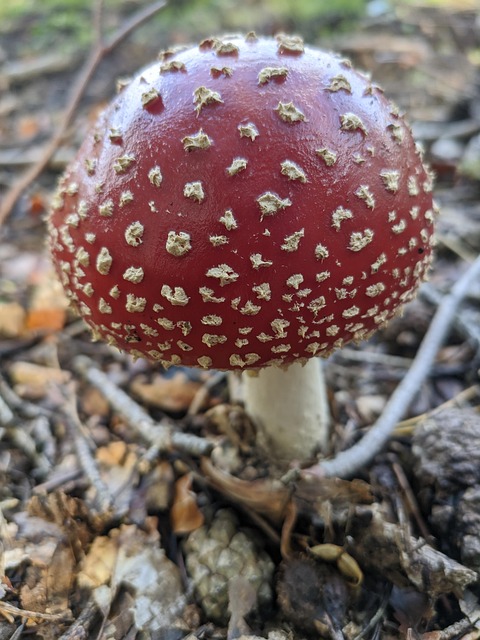
Calming ingredients don’t have to be limited to their traditional forms. Get creative by incorporating them into your daily rituals and culinary adventures. For instance, the Amanita Muscaria Edible, known for its soothing properties, can be used in both savory and sweet dishes. Experiment with adding it to soups, stews, or even baking it into muffins for a unique flavor profile that promotes relaxation.
Beyond cooking, these ingredients can enhance your wellness practices. Consider infusing calming herbs like chamomile or lavender into baths or teas for a sensory experience that soothes both mind and body. Aromatherapy with essential oils derived from these plants is another creative way to reap their benefits, filling your space with tranquil scents.
Exploring the Future of Calming Botanicals
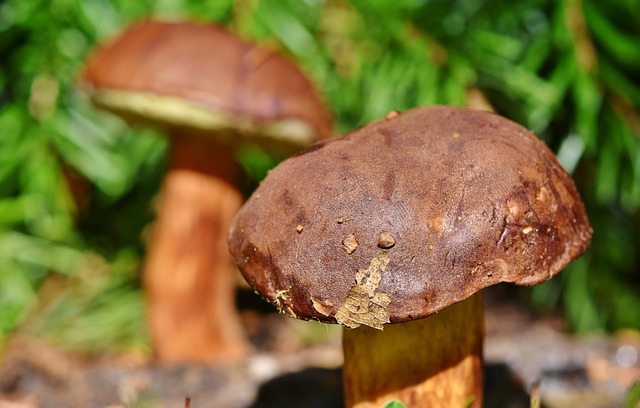
As we turn our attention to the future of calming botanicals, there’s an exciting wave of interest in exploring nature’s lesser-known remedies. Beyond traditional favorites like chamomile and lavender, unique plants are gaining recognition for their soothing properties. One such plant is Amanita Muscaria, commonly known as Fly Agaric or Muskmank, which has been used in various cultures for centuries. This edible mushroom boasts a rich profile of compounds that promote relaxation and cognitive function, making it a promising candidate for natural calming agents.
The future holds potential for innovative products derived from Amanita Muscaria and other similar botanicals. With growing demand for natural alternatives to pharmaceutical solutions, researchers are delving into the intricate chemistry of these plants to unlock their full therapeutic potential. This exploration not only offers new perspectives on stress relief but also paves the way for a more sustainable and holistic approach to well-being in the ever-evolving wellness industry.
